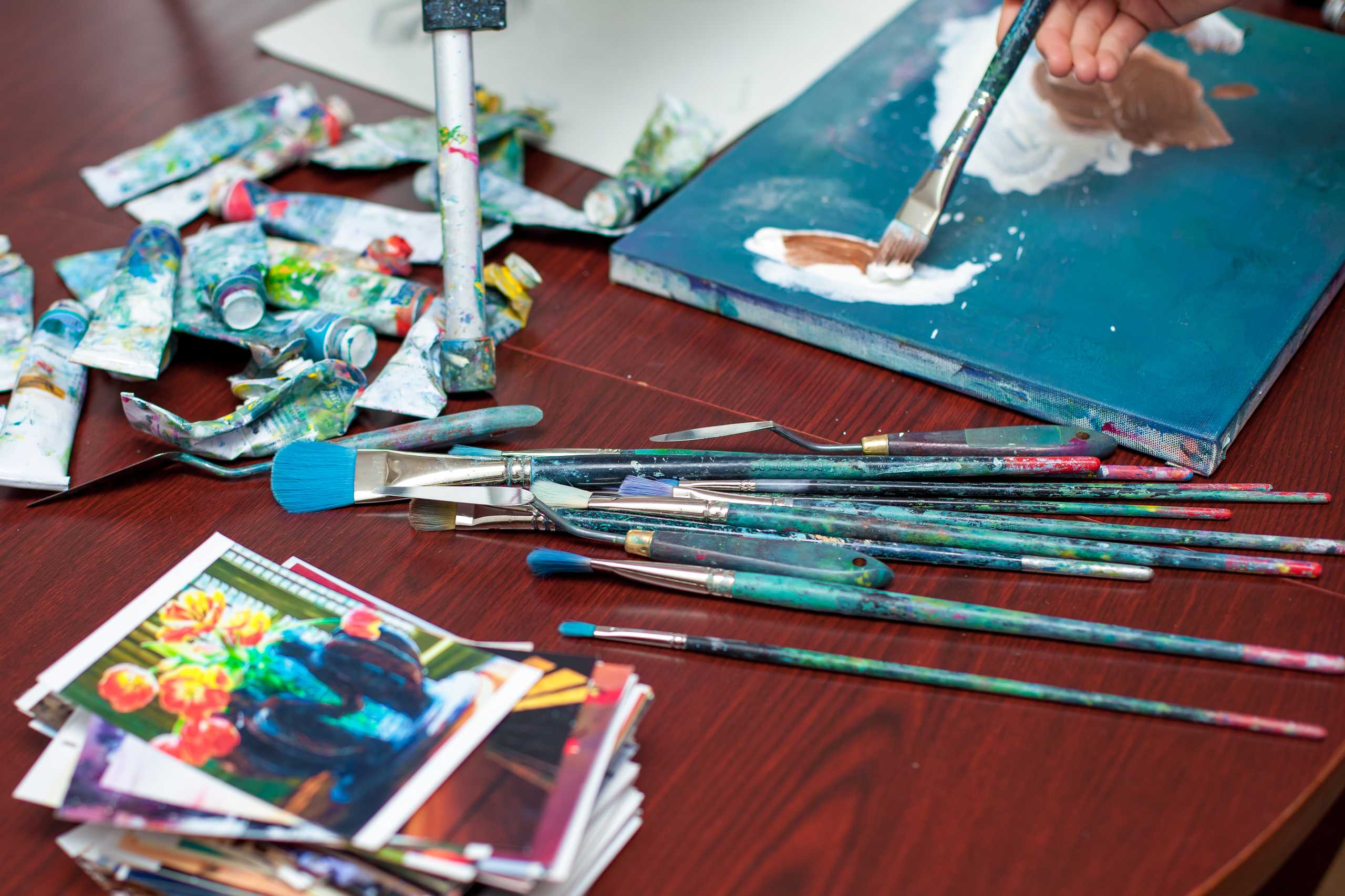Introduction:
One of the most exciting aspects of painting with gouache is the ability to mix colors freely and create your own unique palette. Understanding color relationships and experimenting with combinations can dramatically elevate your artwork and give it a personal signature.
The Foundations of Color Mixing:
- Primary Colors: Red, blue, and yellow form the backbone of all other colors. Learning how to balance these is essential for creating harmonious tones.
- Secondary and Tertiary Colors: By mixing primary colors, you can create a wide spectrum of shades. Experimenting with ratios allows for subtle nuances in your work.
- Complementary Colors: Using colors opposite each other on the color wheel can make your artwork pop and add visual interest.
Techniques for Gouache Mixing:
- Layered Mixing – Apply one color over another while wet or dry to achieve depth and texture.
- Palette Blending – Mix small amounts of colors on your palette to test combinations before applying them to your painting.
- Tonal Adjustments – Lighten with white or darken with a complementary shade to create shadows and highlights.
Practical Tips:
- Always test mixed colors on a scrap paper to avoid unexpected results.
- Keep notes of successful combinations for future reference.
- Embrace happy accidents—unexpected blends can often lead to the most striking results.
Conclusion:
Mastering color mixing with gouache is a journey of experimentation and observation. As you explore combinations, you’ll develop a deeper understanding of color relationships and enhance the vibrancy and uniqueness of every painting you create.
Mastering Color Mixing with Gouache

